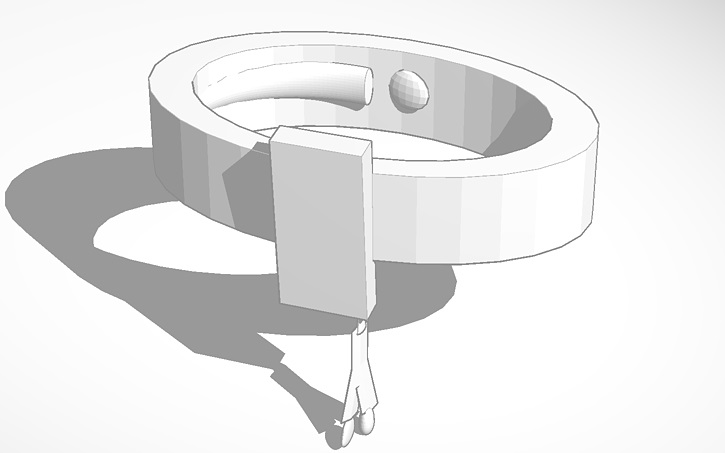BME100 f2013:W900 Group11 L3
| Home People Lab Write-Up 1 | Lab Write-Up 2 | Lab Write-Up 3 Lab Write-Up 4 | Lab Write-Up 5 | Lab Write-Up 6 Course Logistics For Instructors Photos Wiki Editing Help | ||||||||||
|
OUR TEAMLAB 3A WRITE-UPDescriptive Statistics
Results
AnalysisThe t-test provided a p-value of 2.96x10^-70. This indicates that there is a very high between group variance relative to within group variance, which does not bode well for the device. The Pearson r-coefficient is 0.129, which indicates that there is little correlation between the oral thermometer readings and the iPhone readings. This, in addition to 5 non-functioning devices, does not speak too favorably on RAIING's device.
Summary/DiscussionThe statistics show that RAIING's measurements of temperature and the measurements of the oral thermometer were not correlated. Our group's device was not able to successfully connect to the iPhone. We tried connecting it to several different phones, but it did not work. We tried another device, which was able to hook up to the iPhone, but it did not give accurate measurements. The device recorded our participant's body temperature to vary from 94 degrees to 96 degrees, which is not accurate because a normal body temperature is around 98.6 degrees. Our conclusion was that the device does not work correctly with iPhones as it should and is also inaccurate in it's measurements. We recommend fixing the connection issues it had with Bluetooth and having the device use a more accurate way of measuring body temperature.
LAB 3B WRITE-UPTarget Population and NeedOur target population is athletes and people who work out in general. The need is to provide data to allow them to better coach themselves, and adjust training programs to biometrics.
Device DesignThe device measures body temperature at the tympanic site through earbuds. Tympanic body temperature is the standard of care for infant care, and is accurate enough for sports metrics, as the tympanic blood vessel is supplied by the interior carotid artery, which also supplies the hypothalmus. Pulse is also measured through the bronchial artery in the arm, with the armband. The armband holds the iPhone, and is hard-wired via auxiliary port the headphones and the armband. An application records and displays data, and works with the iPhone's GPS to determine distance as well.
Inferential StatisticsA Pearson's r-correlation between an oral thermometer and the novel sensor indicates a coefficient of 0.9997132, or nearly complete correlation between the two data sets. A t-test demonstrates a p-value of 0.998235214, which indicates a high within-group variance relative to between-group variance, again indicating high correlation.
Graph
| ||||||||||


